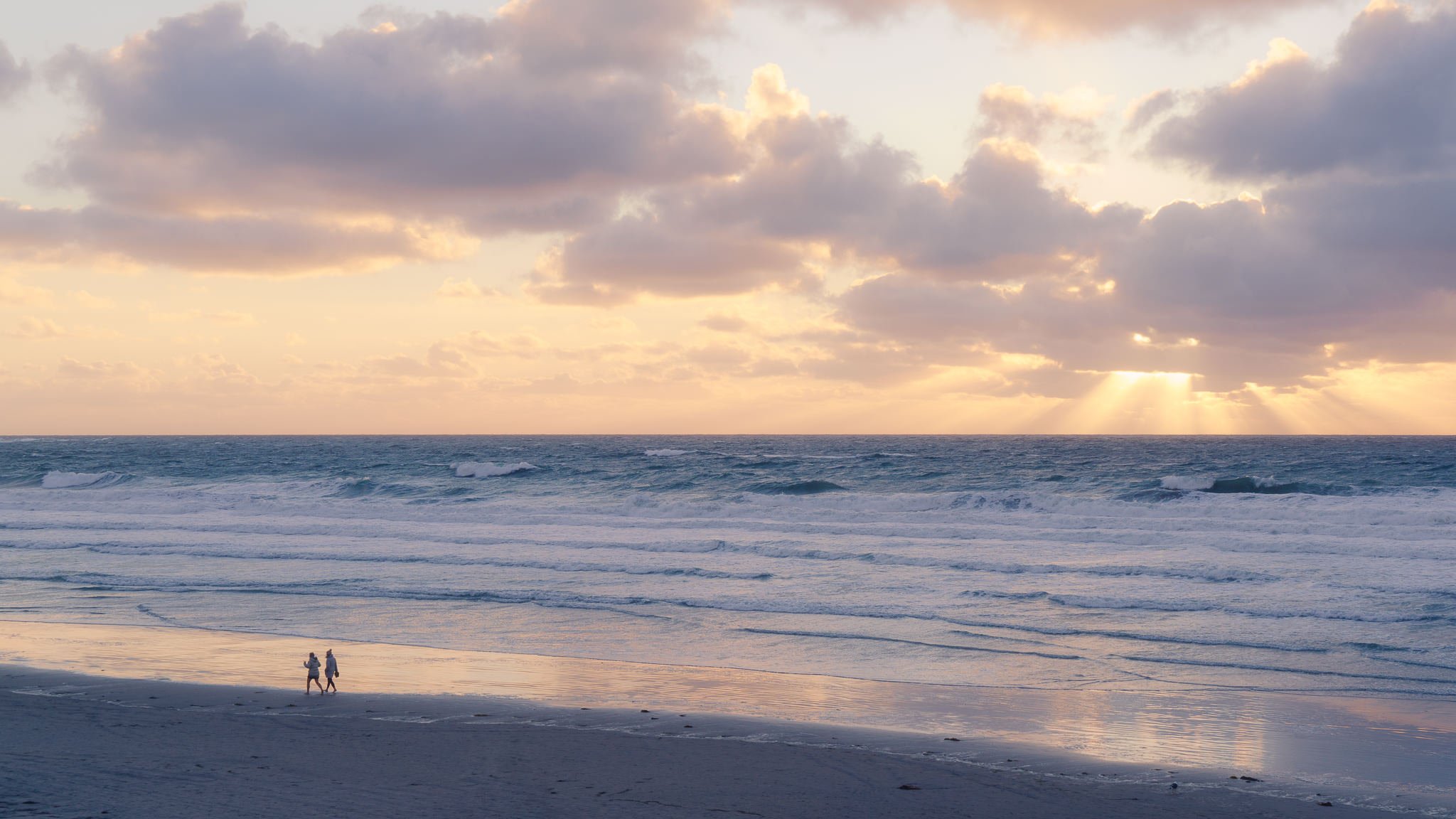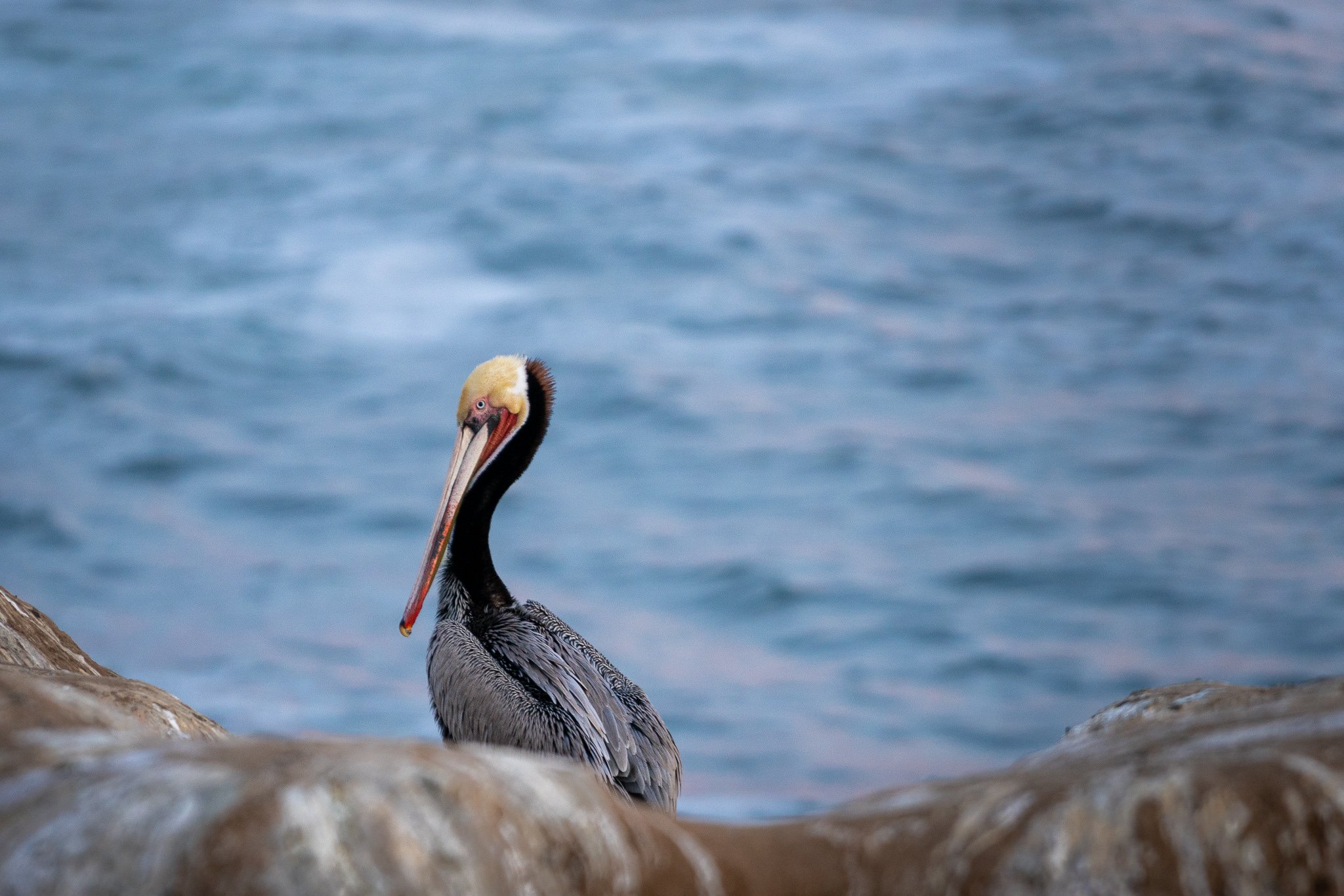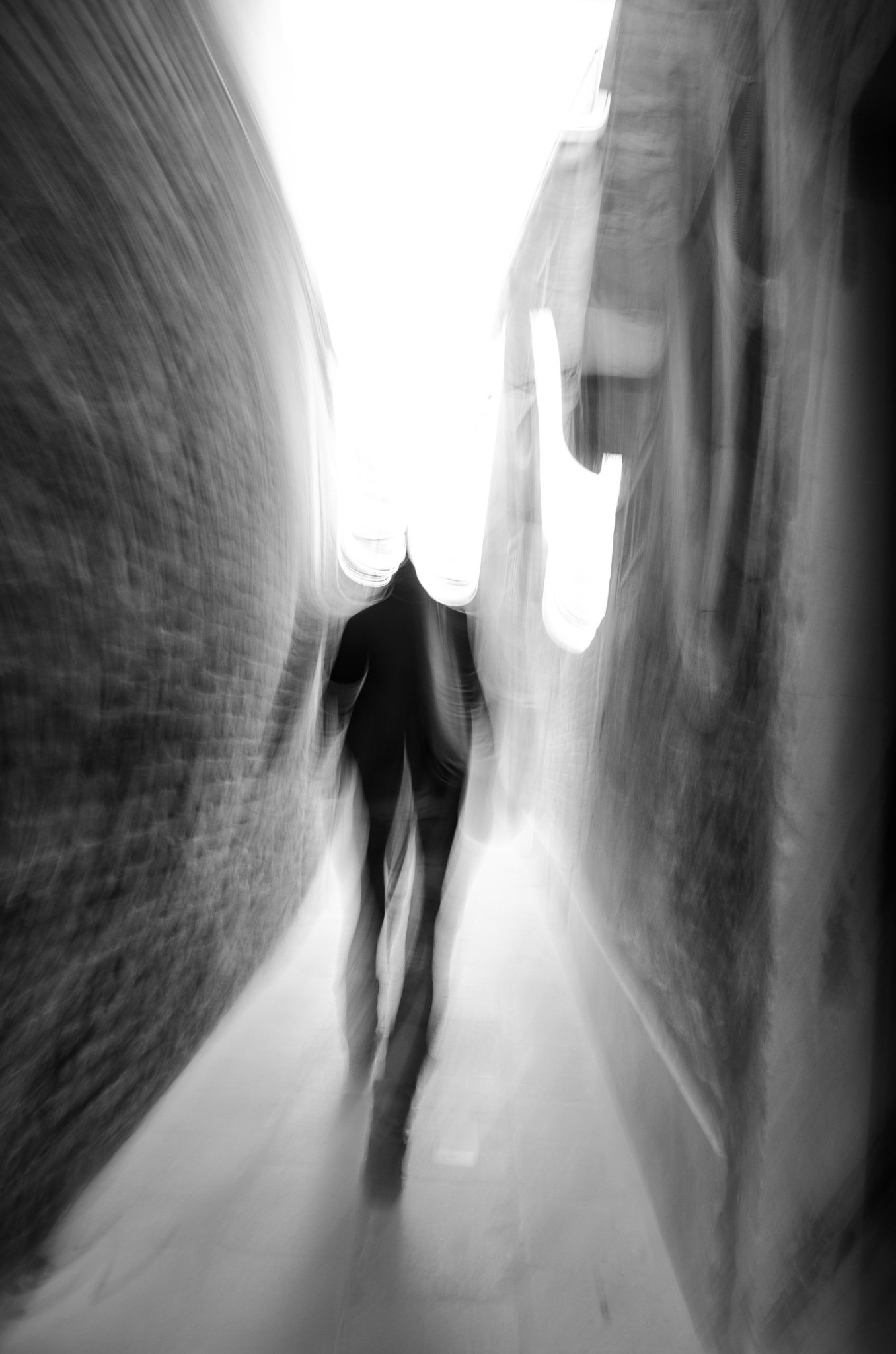5 Types of Contrast That Make Your Photos Strong f/64
The contrast in a photo makes it powerful. Good contrast enhances the photo of a subject and lets our photos tell a stronger story. When we think of contrast, our first thought is usually highlights and shadows. Yet there are more types of contrast than just light and shadow. In this episode, I’ll share 5 types of contrast you can use to make your photos have more impact
Light & Shadow
Bright crisp highlights against deep, rich shadows. When capturing photos, pay attention to how the primary subject is lit. Is it fully lit, in partial shadow, is it casting a shadow? How do the light and shadow through the rest of the frame interplay with your subject? The photo shown here is deeply vignetted pushing the viewer down the long corridor to the bright exit and the end. About midway down the corridor, the sunlight spilling in from the ceiling offers a break in the darkness, offering a countering bright vignette, around the final destination of a journey through the frame. Contrast that reinforces your subject and draws your viewer to the subject of an image tells a stronger story.
Ominous
Contact Scott to commission a print or license this image.
Color Contrast
The photo here is a classic example of a warm/cool color palette. The golden grasses contrast with the cool blues in the sky. If you know your curves controls, you know the types of colors that contrast well: red/cyan, green/magenta, and blue/yellow. Color contrast can also be vivid colors against neutral or muted colors, like a person in red amid a field of white snow.
Sunrise Outside Julian
Contact Scott to commission a print or license this image.
Texture Contrast
Juxtaposing elements with rich detail against soft and smooth elements is another form of contrast. The textured hands of a grandparent cradling a soft, smooth newborn, or a rough gnarled tree shrouded in a blanket of fog are examples of texture contrast. In this example, a shallow depth of field helps to create texture contrast. The braids of the rope in the foreground are crisp, the individual fibers of the rope are visible, which is the subject that caught my eye at this location.
Old Fishery Bodega Bay
Contact Scott to commission a print or license this image.
Fluidity Contrast
This type of contrast is pitting the immutable against the malleable. When some elements in a scene are fixed and others are moving, you can create fluidity contrast. Long exposures are a great opportunity for fluidity contrast. This is one type of contrast we as photographers have more control of in the field by using filters. In the seascape pictured here, the rocks are immutable and their detail and texture are a sharp contrast to the flowing ocean waters. The sky is also soft and billowy, in stark contrast to the steadfast rocks of the shore.
Asilomar State Beach
Contact Scott to commission a print or license this image.
Subject Contrast
Photos with a clear contradiction or opposition in their subjects are the fifth form of contrast. Subject contrast can certainly be one of the other four types of contrast. In this photo, a lone swimmer crouched at the edge of the surf conveys a sense of scale and how large the rocks and cliffs are on this beach.
There are also physical characteristics to consider, such as large versus small, or thematic contrast, like man versus machine. Anachronisms are another type of subject contrast when two unrelated objects are thrust together. I know I did a double-take the first time I saw an orange-robed monk in Asia on a mobile phone!
Lone Swimmer
Contact Scott to commission a print or license this image.
Contrast adds a duality to your photos and creates good visual tension. Develop your eye to recognize scenes and photo opportunities with more contrast and you’ll create images with more impact. Listen to this episode for more thoughts about the contrast in our images.
Please subscribe to The Stop Down Photography Podcast wherever you get your podcasts.











